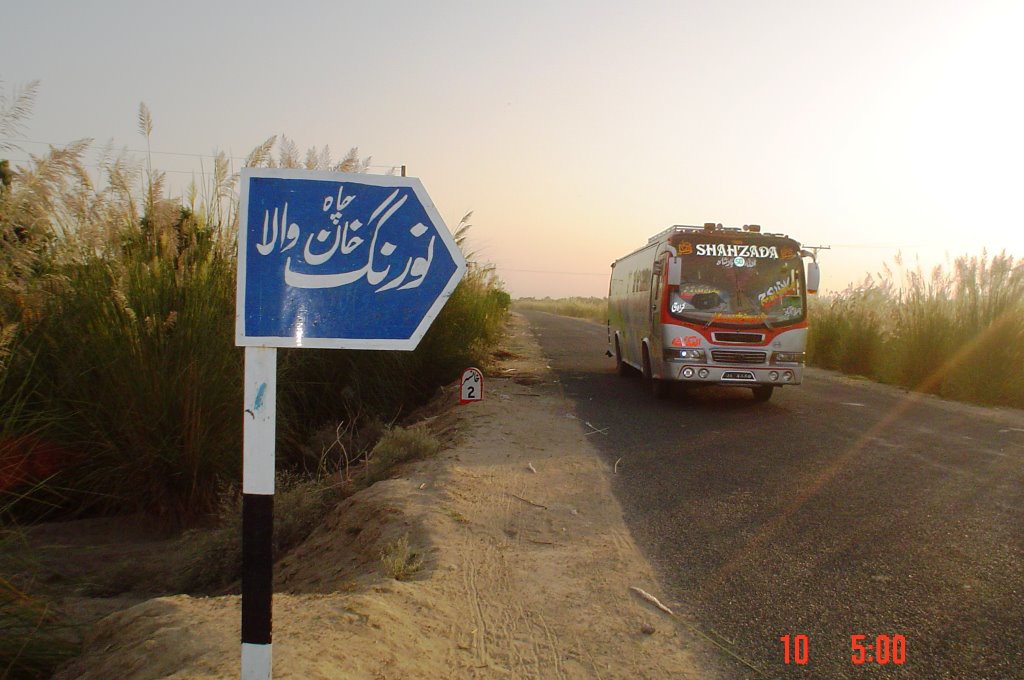The ecommerce industry in Pakistan is growing, and the efficient and safe delivery of products is crucial to maintaining customer satisfaction and trust.
The e-commerce supply chain has multiple components that must work together to complete the delivery of the customer’s orders.
Fleet insurance offers financial protection against losses. A well-insured delivery fleet helps protect your business from unexpected financial losses while ensuring the smooth operation of your logistics services.
Most insurance policies have specific coverage limitations and exclusions, such as certain area categories, inherent defects, and loss criteria, which businesses need to consider when selecting the right policy.
Third-party insurance providers usually offer more competitive rates and broader coverage options compared to carrier insurance, becoming a strategic choice for e-commerce businesses aiming to protect their operations and improve customer service.
Understanding Fleet Insurance Costs
The cost of fleet insurance depends on the following factors:

Number of Vehicles:
Naturally, the more vehicles you have in your fleet, the higher the premium will be. However, bundling them into a fleet policy can save you costs.
Type of Vehicles:
The type of vehicles in your fleet matters. Trucks and heavy-duty vehicles may have higher premiums due to the probability of more significant damage in accidents.
Driver Records:
The driving records of your authorized drivers play a significant role in determining your premiums. Safer driving histories typically result in lower costs.
Coverage Options:
The extent of coverage you pick and any additional options will affect your premium. Comprehensive coverage will cost more than basic liability coverage.
Deductibles:
Higher deductibles can lower your premium, but you’ll pay more out of pocket in case of a claim.
Location:
Where your fleet operates can also impact insurance costs. Urban areas with higher traffic and accident rates may have higher premiums.
Here are some best practices for insuring your delivery fleet.
1. Understand the Types of Insurance Coverage
There are various types of insurance coverage available for delivery fleets. Understanding these options helps to determine the most suitable policy for your business needs.
Fleet insurance aims to get financial protection against physical damage or bodily injury from traffic collisions or other vehicle incidents.
Most fleet insurance providers offer coverage for:
- Cars
- Small and large Vans
- SUVs
- Pickup trucks
- Semis
The policy you buy for your business isn’t limited to just one type of vehicle. You can design a plan that covers a variety of vehicles regularly used in your daily activities.

Instead of a generic policy, most insurance companies divide their coverage into two categories:
- Small fleet
- Large fleet
Each company has its numbers on what makes a fleet small or large.
Fleet coverage comes under a single policy that applies to all vehicles in your fleet. You can add or remove vehicles as needed, but the policy will remain one to manage.
This is both simple and cheaper to manage.
Comprehensive Insurance:
Covers damage to your vehicles from accidents, theft, vandalism, and natural disasters. This is essential for protecting your assets.
Third-Party Liability Insurance:
Mandatory by law in Pakistan, it covers damages to third parties, including bodily injury and property damage.
Goods in Transit Insurance:
This insurance protects the value of the goods being transported. This is particularly important for e-commerce businesses that are dealing with valuable products.
Personal Accident Cover:
This offers financial protection to fleet drivers in case of accidents resulting in injury or death.
2. Choose a Reputable Insurance Provider
Partnering with a reputable insurance provider ensures your fleet gets reliable coverage and support. Look for insurers with a strong financial background, positive customer reviews, and a good record of efficient claim handling.
3. Assess and Manage Risks
Conduct a comprehensive risk assessment to identify probable threats to your delivery fleet. This includes evaluating the routes, the nature of goods transported, and the driving records of your delivery personnel.
Implementing effective risk management strategies, like regular vehicle maintenance, driver training programs, and GPS tracking, can help to reduce the probability of accidents and claims.
4. Optimize Your Insurance Coverage
Regularly review and update your insurance coverage to ensure it matches the changing needs of your business. This includes adjusting the sum insured based on the value of your fleet and the goods transported.
Customizing your policy to include add-ons like roadside assistance, towing services, and windshield cover can provide additional protection and convenience.
5. Foster a Safety First Culture
Promoting a safety-first culture in your organization can significantly reduce the risk of accidents and claims. Encourage safe driving practices, conduct regular safety training sessions, and implement strict guidelines for vehicle maintenance.
Incentivizing safe driving behavior through reward programs can also help to motivate drivers to adhere to safety protocols.
6. Efficient Claims Management
A streamlined claims management process ensures quick resolution and minimizes downtime. Work closely with your insurance provider to understand the claims process and ensure all necessary documentation is in place. Training your staff on efficient handling of claims can speed up the process and reduce stress during incidents.
7. Leverage Technology
Utilizing technology can enhance the safety and efficiency of your delivery fleet. Implementing telematics systems to monitor driving behavior, using route optimization software to reduce route lengths, time, and fuel consumption, and employing automated maintenance scheduling can improve fleet management.
8. Legal Compliance
Ensure your delivery fleet complies with all legal and regulatory requirements in Pakistan. This includes obtaining necessary permits, adhering to traffic laws, and maintaining proper documentation for each vehicle. Staying compliant avoids legal issues and ensures that your insurance claims are not rejected due to noncompliance.
Conclusion
Insuring your delivery fleet is critical to managing an e-commerce business in Pakistan. By understanding the types of coverage available and making sensible decisions, you can protect your business and ensure smooth operations.
While fleet insurance is an important part of fleet operations management, other components like tracking driver activity and controlling on-road expenses also play an important role.
Investing in the right insurance coverage and practices safeguards your assets and builds a foundation for sustainable performance in the competitive e-commerce landscape.

Sadia Zaheer holds a Masters in Business Administration from IBA, Karachi. After working in several financial institutions in Client Management, Corporate Lending, Islamic Banking and Product Management she jumped careers to pursue a career in writing.
She is a Finance, Business and HR Development writer with four years of experience. She reads a lot and takes care of her multiple cats to remain calm.



